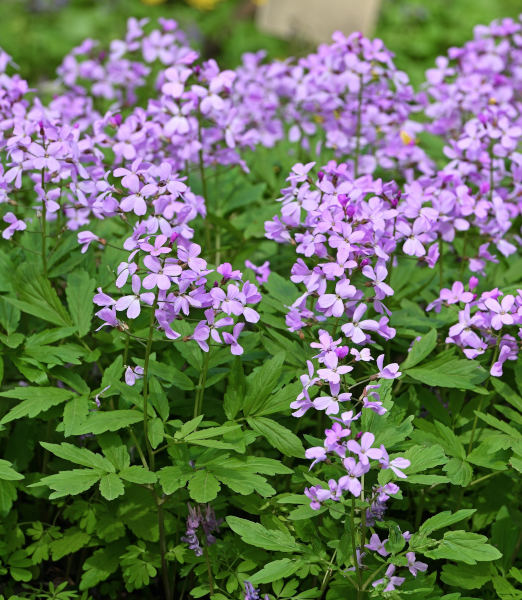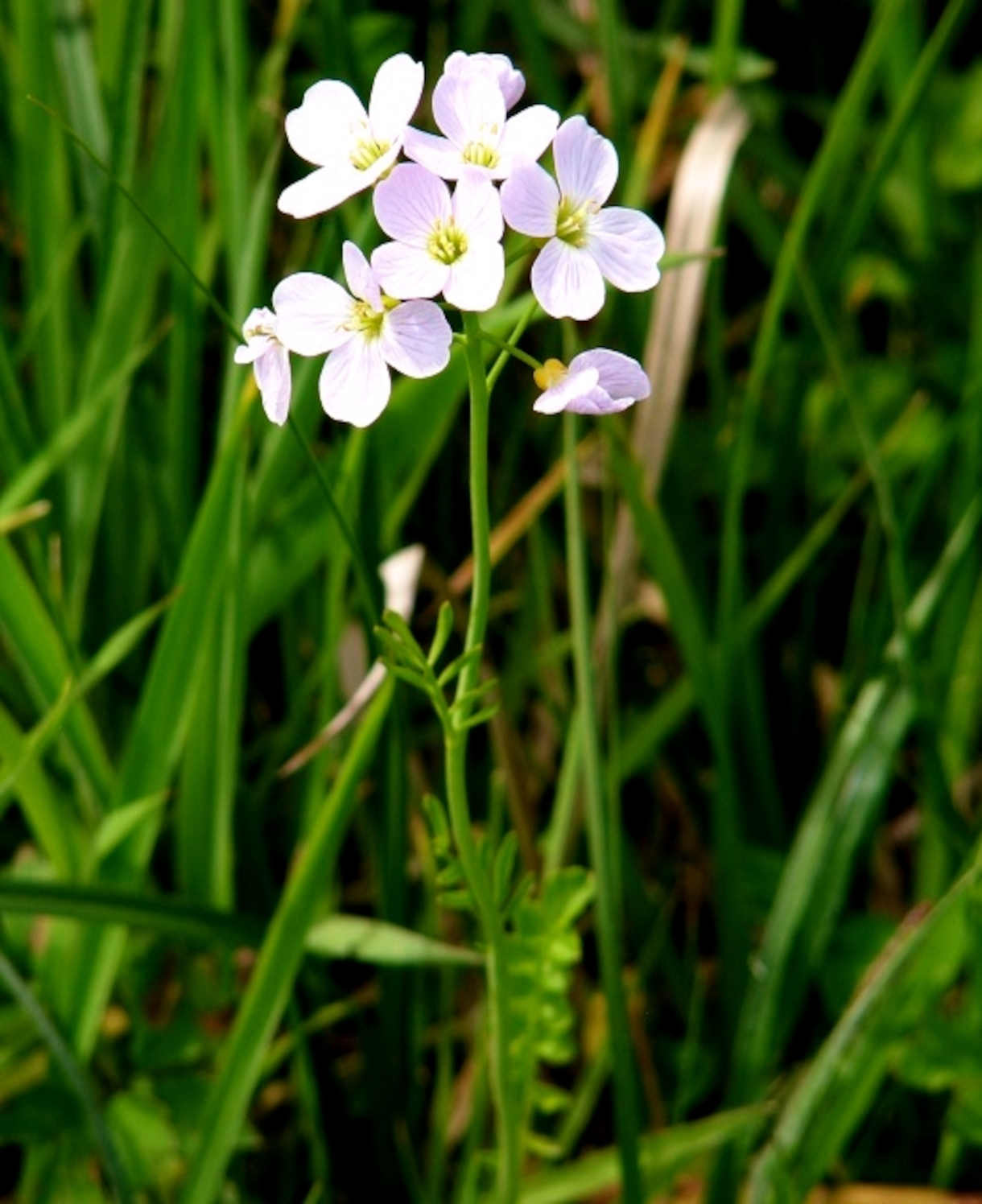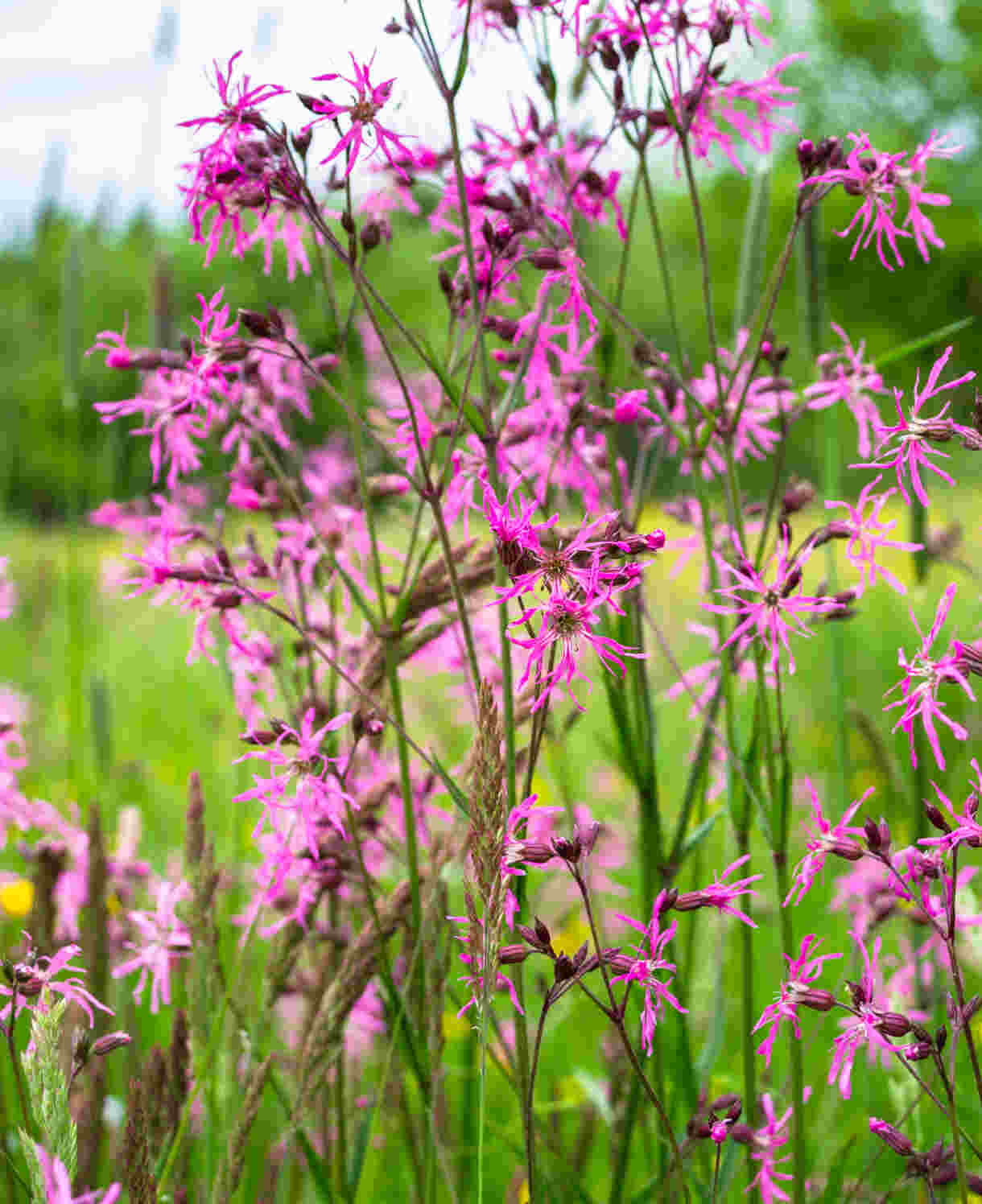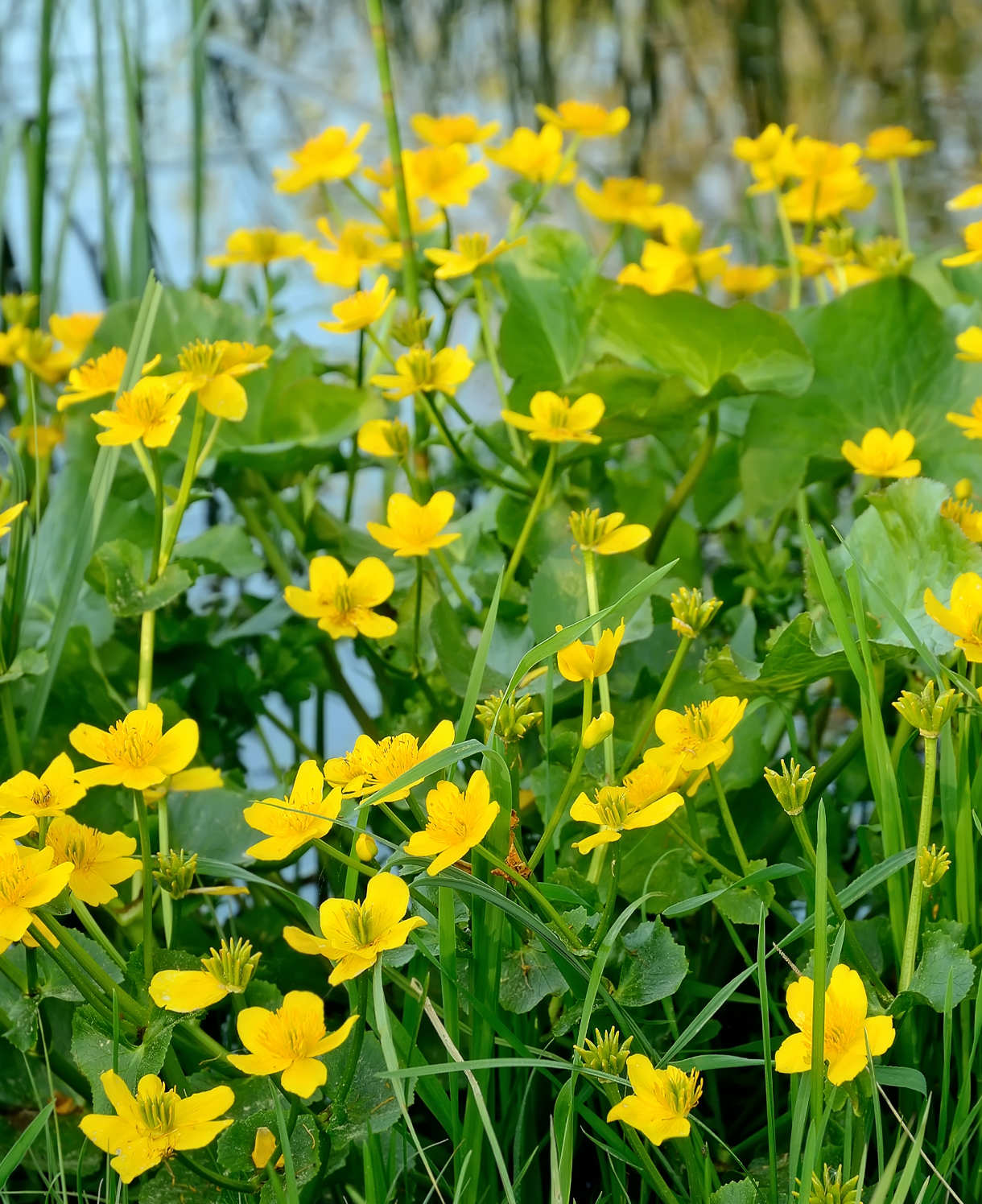How to grow Cardamine
There are many different species of this member of the brassica family, though only two will be familiar to most gardeners. The first is the perennial species Cardamine pratensis, also known as the cuckoo flower and a common feature of UK damp grasslands and meadows in spring. The second is likely to elicit less fondness – C. hirsuta, also known as hairy bittercress, the vigorously spreading annual garden weed.
Although the leaves of hairy bittercress are said to be edible, its still something of a stretch to imagine anyone willingly cultivating it in their garden. This growing guide will therefore focus solely on the cuckoo flower. The flowering period of this pale lilac native wildflower coincides with the return of the cuckoo to the British Isles after winter, hence its common name. An alternative common name is lady’s smock.
Cardamine is not to be confused with the similar-sounding cardamon (Elettaria cardamomum). This is a tender, evergreen perennial in the ginger family, the seeds of which are a popular ingredient in Middle Eastern cooking.

Key Information
Position
Soil Conditions
Hardiness


Where & when to plant Cardamine
For best results, plant in autumn or spring. An autumn planting can be done by those gardening in mild conditions (and broadly speaking, this is the southern half of the UK). For those liable to cold winters, it is best to wait until spring (generally the northern half of the UK). Planting can also be carried out in summer, though be prepared to water regularly.
Cuckoo flower is an ideal choice for a wildlife garden; with its nectar it supports many species of pollinator, and the plant physically hosts two butterfly species (the orange-tip and green-veined white) during pupae and caterpillar stages. It is also a good one for adding delicate colour to tricky damp spots, or even for use as a marginal plant around the shallows of a pond where it will tolerate being submerged by a little amount of water, though no more than 5cm. Cuckoo flower grows best in the ground, though if you wish to try yours in a container, remember to keep the compost consistently moist.
How to plant Cardamine
- For planting in the garden, dig the soil area removing any large stones and weeds and breaking up any lumps. If you have it, now is the time to improve the soil with organic matter such as manure or garden compost.
- Rake level and firm with your heels. Rake level again.
- Water plants well and allow to drain before planting.
- Dig a hole twice the size of the root-ball.
- Place the plant in the hole, ensuring the top of the root ball sits level with the surface of the soil. Too low and the plant may rot, too high and the roots can dry out.
- Backfill with soil and firm in gently with your foot.
- Soak well with water.
- Mulch around the base with well-rotted organic matter.
- For planting in containers, first choose an appropriately sized pot. The best practice is to go for one just a few centimetres larger than the current rootball, gradually increasing every few years. Ensure there are plenty of drainage holes in the bottom.
- Use a good quality potting compost. If not already present (check the labelling on the bag) add some slow-release fertiliser granules.
- Start by partially filling the pot with compost; enough so that when placed on it the upper surface of the root ball is about 3cm lower than the top of the pot.
- Fill around the plant with compost, firming down with your fingers then adding a little more so it is held tight.
- Pick up the container and lightly tap on the potting bench or ground a few times to help further settle the compost around the plant.
- Soak well with water.
- A mulch with horticultural grit will look attractive and help to prevent a ‘cap’ or crust forming on the top of the compost (something container plants can suffer due to the artificial nature of their watering).

What to plant with Cardamine
In a damp meadow, grow cuckoo flower alongside other pretty, similarly inclined native plants including ragged robin (Lychnis) and snakeshead fritillary. Where conditions are wetter, such as around the margins of a pond, try it with marsh marigold and water forget-me-not.



How to care for Cardamine
Pruning and Deadheading
Cutting cuckoo flower back after flowering may encourage further blooms.
Try to resist the urge to chop plants back in autumn, as this will interrupt the lifecycle of overwintering butterfly pupae. Better to leave plants intact if you can, allowing them to die back naturally.
Watering
Cuckoo flower enjoys consistently moist conditions (especially during the flowering period), so keep well-watered until established. After this, the frequency with which you need to water will be determined on the conditions, though the aim remains the same: to keep it from drying out. Keep a particular eye out in prolonged hot, dry spells, and remember that even pond margins can become parched if the water level drops.
An annual mulch in spring will help lock moisture in, as well as provide welcome nutrients (see more on this below).
Container-grown cuckoo flower will require regular watering throughout the growing season – as much as once a day during the height of summer. Putting a saucer underneath the pot helps to keep as much moisture in the compost as possible.
Feeding
On healthy, fertile soil, a mulch of well-rotted organic matter (i.e., a layer of leaf mould, manure, or garden compost applied to the soil around the plant) should provide enough nutrients for your cuckoo flower. This has the added benefit of suppressing weeds and locking in moisture. Mulch when planting, and then again each spring.
Container-grown plants are different as they rely solely on the gardener for nutrition. Get off to a flying start by making sure you use a good quality compost with slow-release granules mixed in. These generally provide nutrients for around 6 to 8 weeks, after which you’ll need to apply a balanced liquid feed every 2-3 weeks until the end of the growing season.
Cold Protection
Cuckoo flower is a native plant, and hardy enough to withstand winter anywhere in the UK without the need for special attention.
Pests and Diseases
Cuckoo flower is rarely troubled by pests and diseases. As a member of the brassicaceae family it may attract flea beetles – tiny insects which can be identified by their peppering of leaves with tiny feeding holes. While this may look a little unsightly, it rarely causes significant harm to the plant.
How to propagate Cardamine
The quickest and easiest way to propagate cuckoo flower is to lift and divide established clumps in spring:
- Choose a day when the soil is not frozen or waterlogged.
- Dig the plant out of the ground.
- Shake off any excess soil.
- Separate the plant into sections using either swift, cutting blows with a sharp spade, or two forks inserted back-to-back with tines touching, handles then pushed together to prise the plant apart.
- Discard old, damaged, or surplus pieces, keeping healthy, vigorous material.
- Replant decent-sized pieces where desired, and any smaller bits can be potted up.
- Water well until fully established.
Alternatively, you can collect and sow seed in containers in a coldframe in autumn or spring.
* Many plants carry Plant Breeders Rights and cannot be propagated for commercial purposes.
Common Cardamine questions
- Is cuckoo flower invasive?
While left to its own devices this plant will, over time, gently naturalise, though is not considered invasive. - Can you get different forms of cuckoo flower?
Yes, there are a range of cultivars offering variations such as double flowers and alternative colours.




